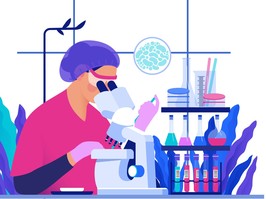what is car t-cell therapy? how immunotherapy is changing treatment options for cancer, diabetes and other autoimmune diseases
car t-cell therapy is a form of immunotherapy that has shown promise in treating many things, from autoimmune disease to solid-tumour cancers.
new study uses immune cell therapy to put autoimmune disease into remission
the study found that the cancer treatment, car t-cell therapy, shows promise for treating various autoimmune diseases, inducing remission in all participants.
autoimmune disease on the rise in canada: diabetes, arthritis, ms and ibd highlight concerning trend
autoimmune diseases are on the rise in canada, with some growing at alarming rates, causing a personal and economic burden on the country.
 7 minute read
7 minute read









